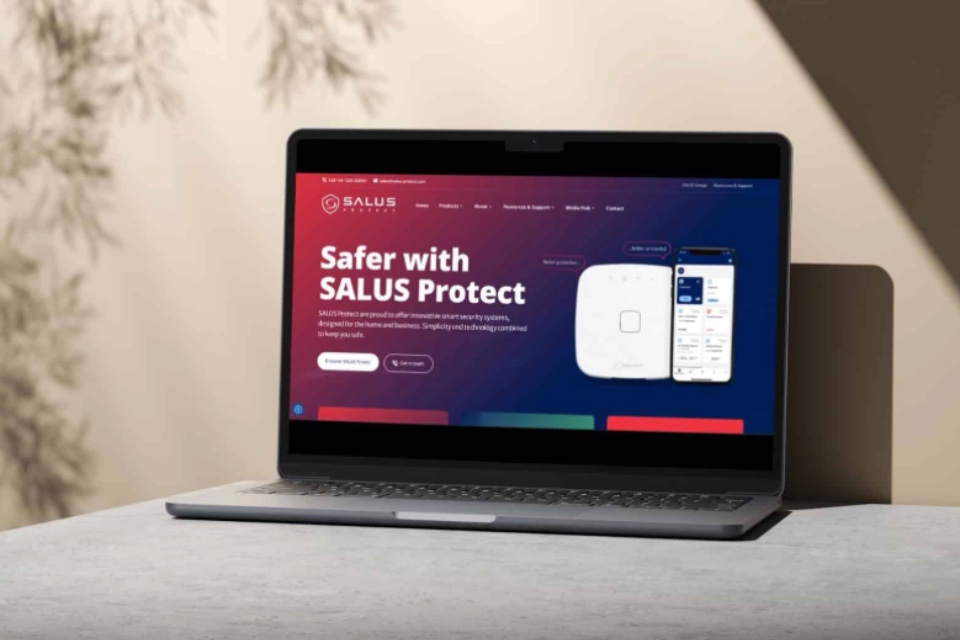In today’s digital age, protecting an organisation’s data and communication networks is pivotal. Internet Protocol Security (IPSec) is designed to secure Internet Protocol (IP) communications by authenticating and encrypting each IP packet within a communication session. When considering IPSec solutions for your organisation, here’s what to bear in mind, according to delegates and supplied polled at the Total Security Summit…
1. Identifying Security Needs
Threat Landscape: Evaluate the types of threats your organisation might face. Are you dealing with sensitive data that might be a prime target for hackers? Understand your vulnerabilities.
Remote Access: Consider if you have employees or stakeholders accessing the network remotely. This can introduce added security risks.
2. Protocol Choices
Authentication Headers (AH): This provides connectionless integrity and data origin authentication but does not provide confidentiality (encryption).
Encapsulating Security Payloads (ESP): Offers confidentiality, and optionally data origin authentication and connectionless integrity.
3. Encryption Algorithms
Assess various encryption algorithms such as DES, 3DES, AES, and others. The choice of encryption can impact both security levels and network performance.
4. Integration with Existing Systems
Ensure that the IPSec solution can integrate seamlessly with your current IT infrastructure. Disparate systems can sometimes open up vulnerabilities.
5. Scalability
Can the IPSec solution scale with your organisation’s growth? As your digital footprint expands, your security solution should be able to accommodate this expansion without a complete overhaul.
6. Vendor Reputation and Reviews
Research potential vendors’ reputation. Peer reviews, case studies, and expert opinions can guide you toward reliable solutions.
7. User-Friendly Interface
A solution is only as good as its usability. If your IT team struggles with a complex interface, it may result in vulnerabilities due to misconfiguration.
8. Customisation and Flexibility
Every organisation is unique. Ensure that the IPSec solution offers customisation options to cater to specific needs.
9. Budgetary Constraints
While it’s crucial not to skimp on security, align your choice with your budgetary allowances. Balance cost with the necessary security features.
10. Support and Training
Opt for vendors that provide robust customer support and training. In moments of crisis, timely and effective support can be invaluable.
11. Audit and Reporting Tools
The ability to audit and generate reports on network traffic, attempted breaches, and other security-related events can provide insights and improve proactive measures.
12. Performance Impact
While security is paramount, it should not drastically reduce the performance of your network. Assess the solution’s impact on speed and latency.
Choosing an IPSec solution is a significant step in fortifying your organisation’s digital communications. By taking a strategic approach and bearing the above considerations in mind, you can protect your data, uphold your reputation, and ensure seamless, secure communication across your digital channels.
Are you on the hunt for IPSec solutions for your business? The Total Security Summit can help!






